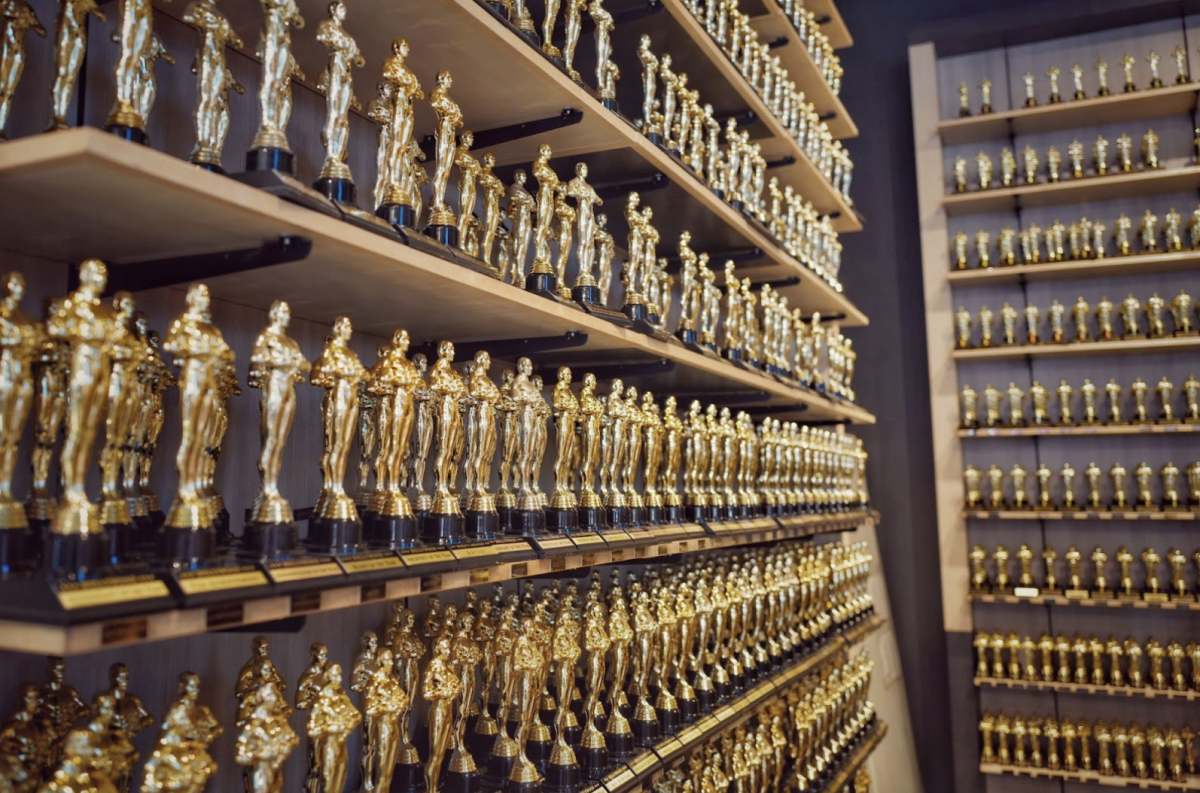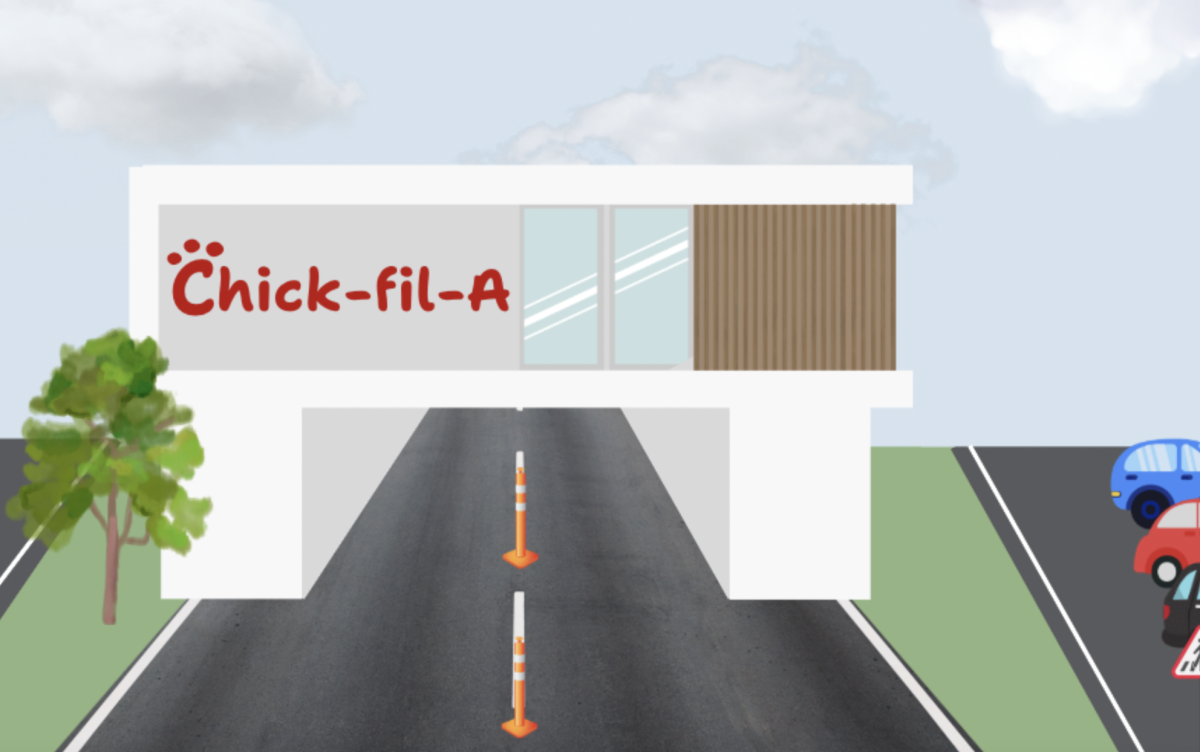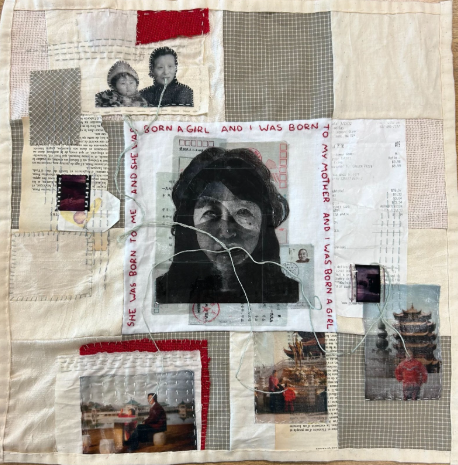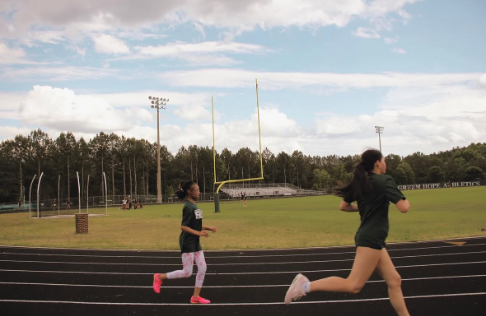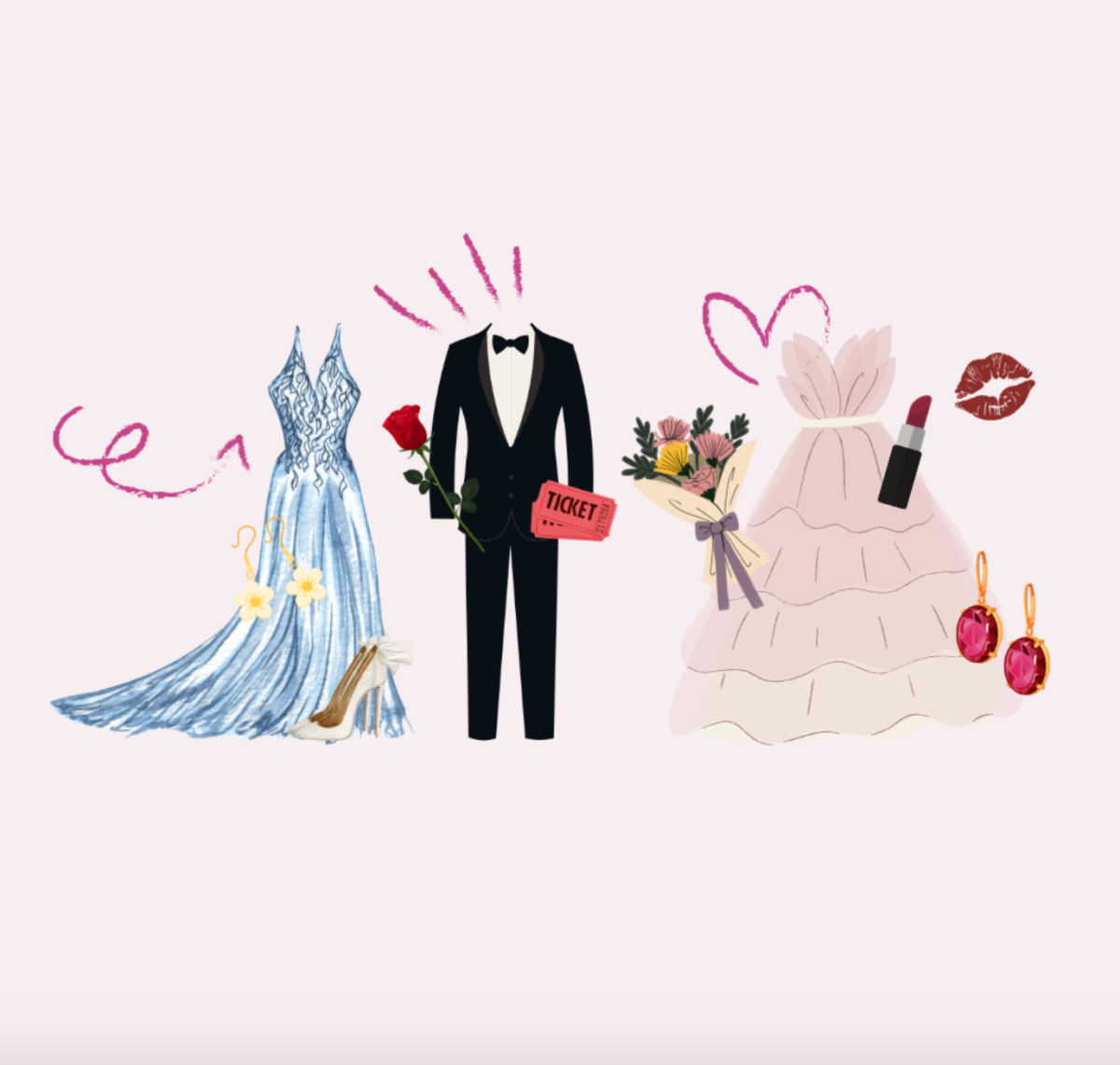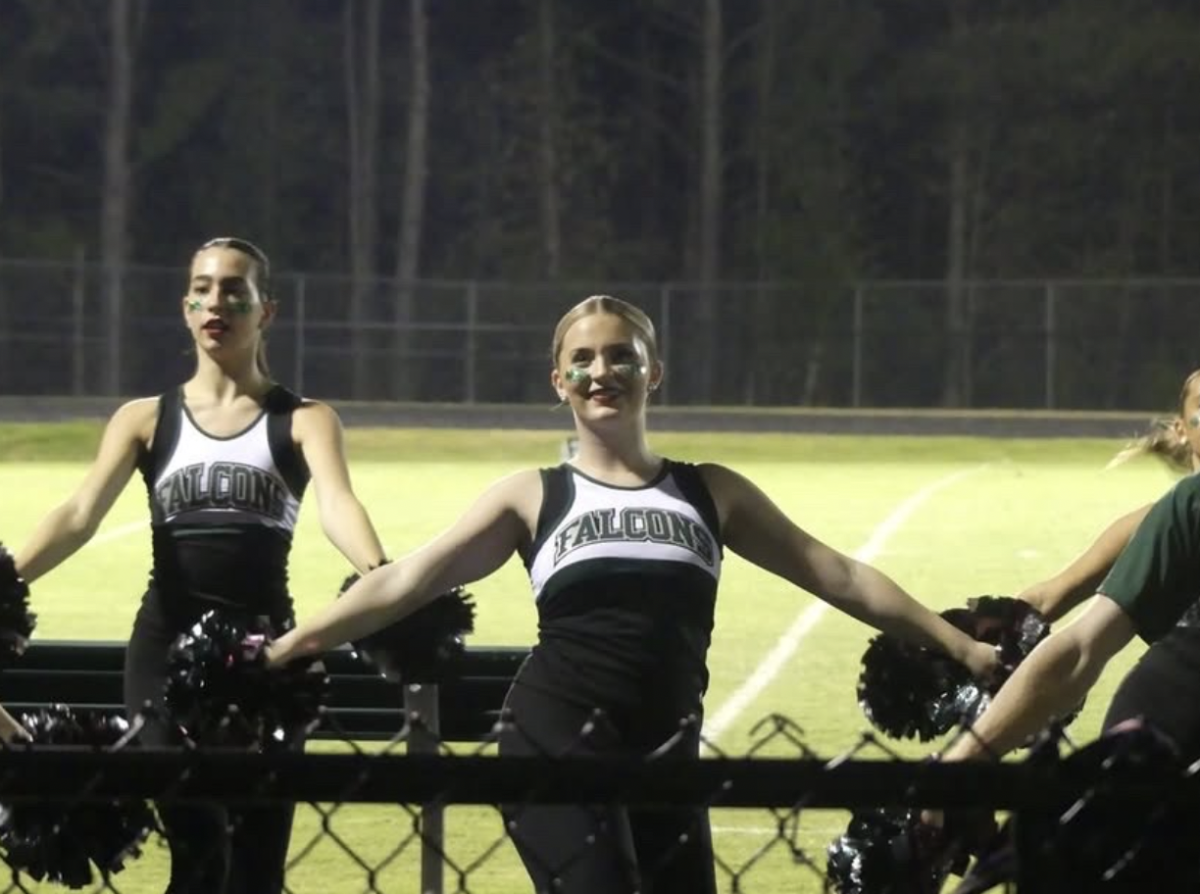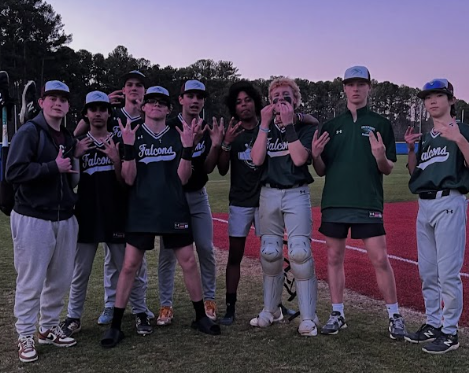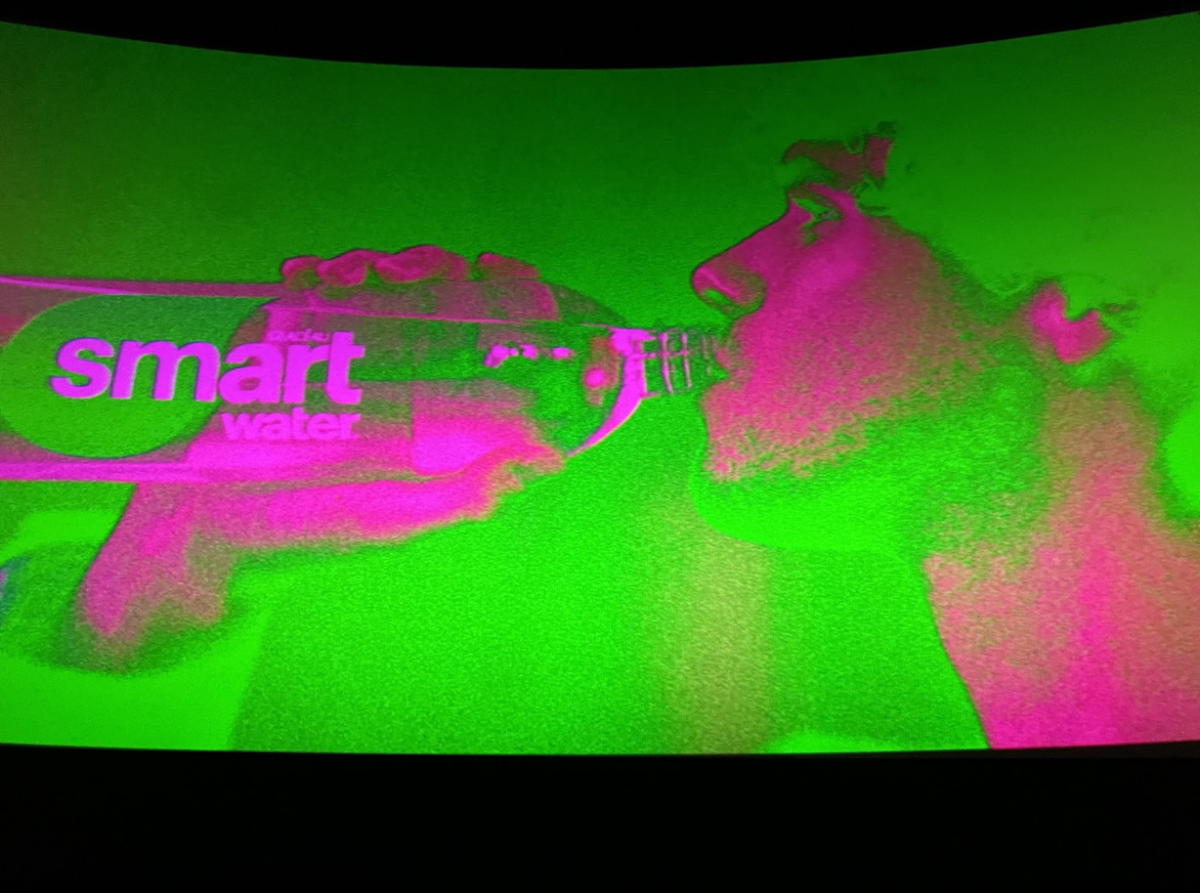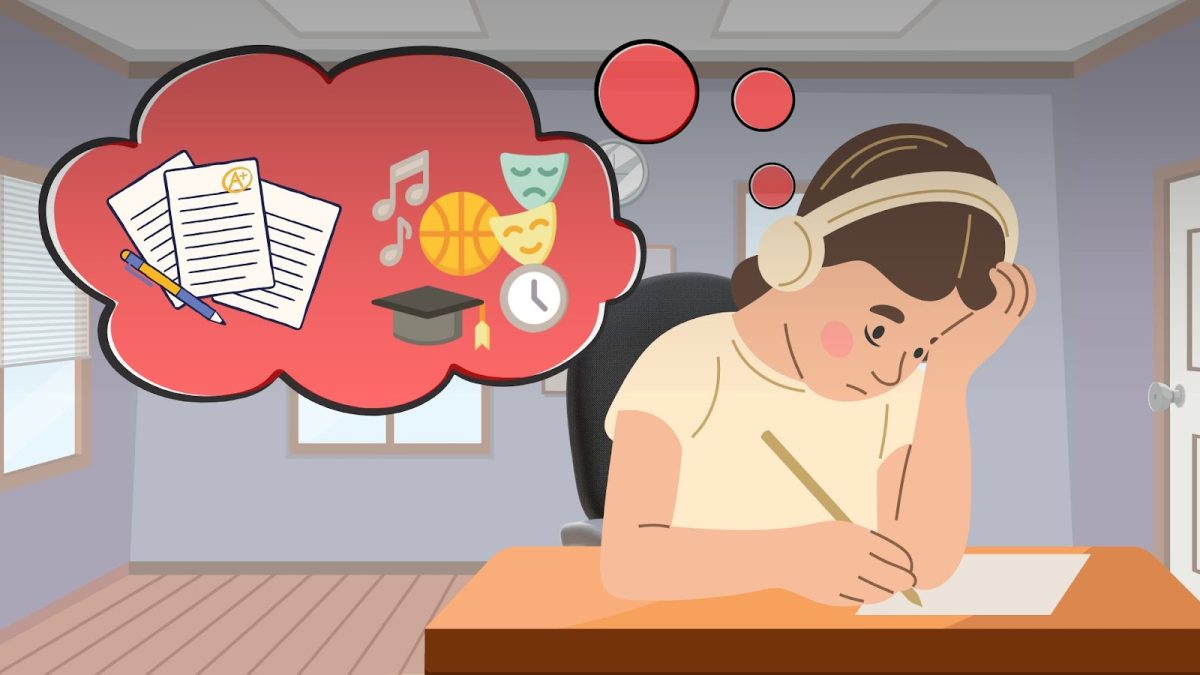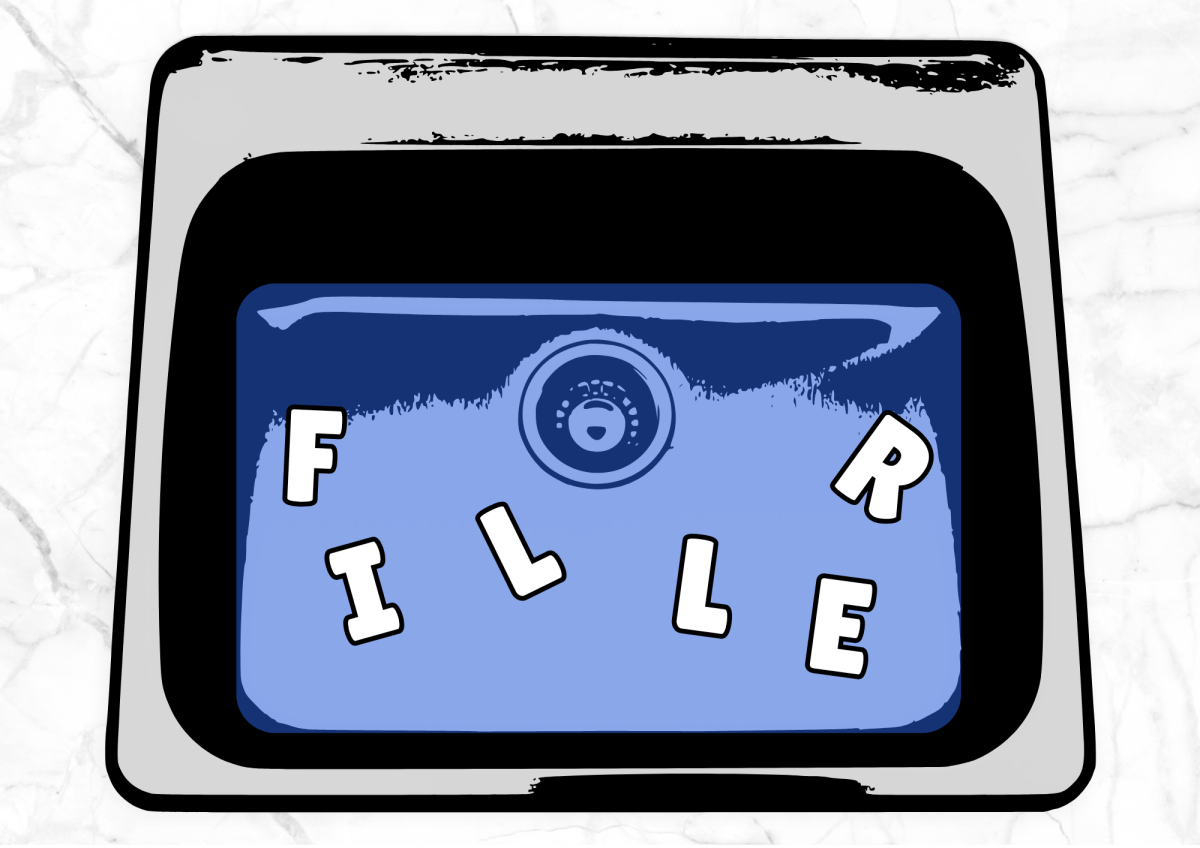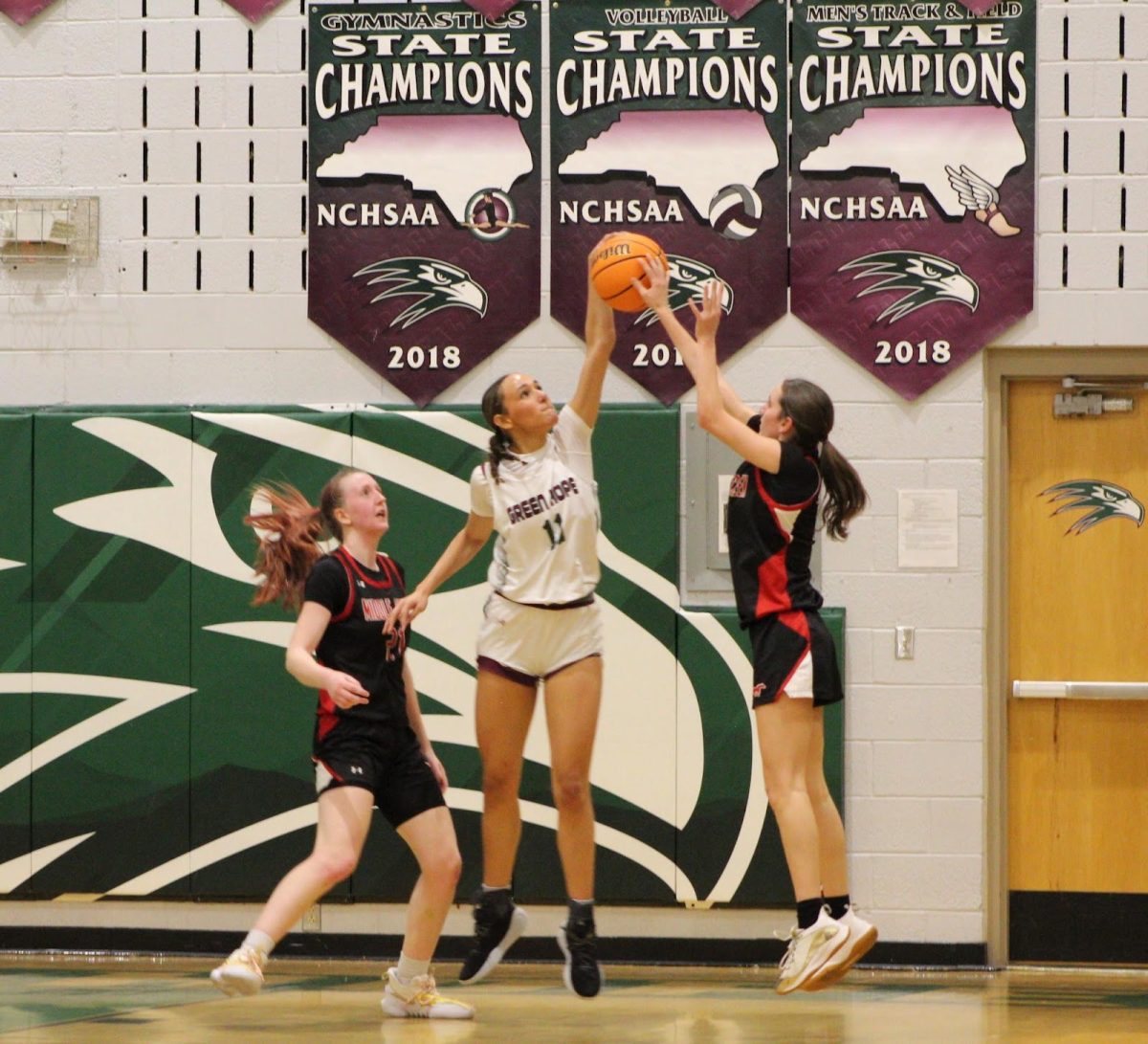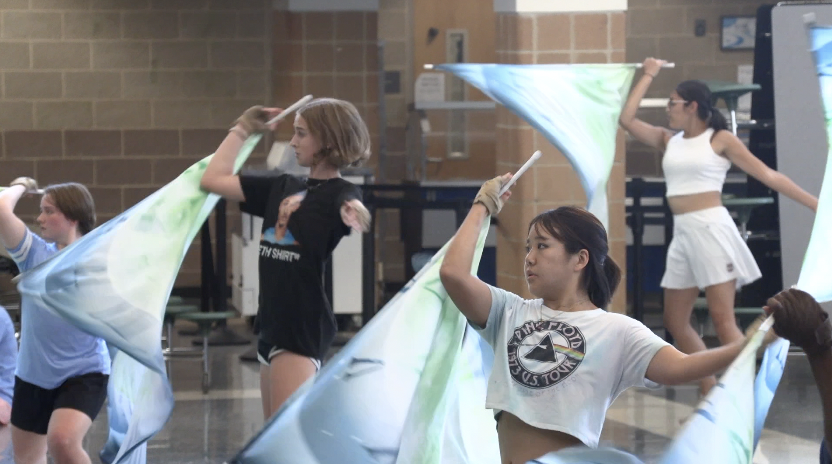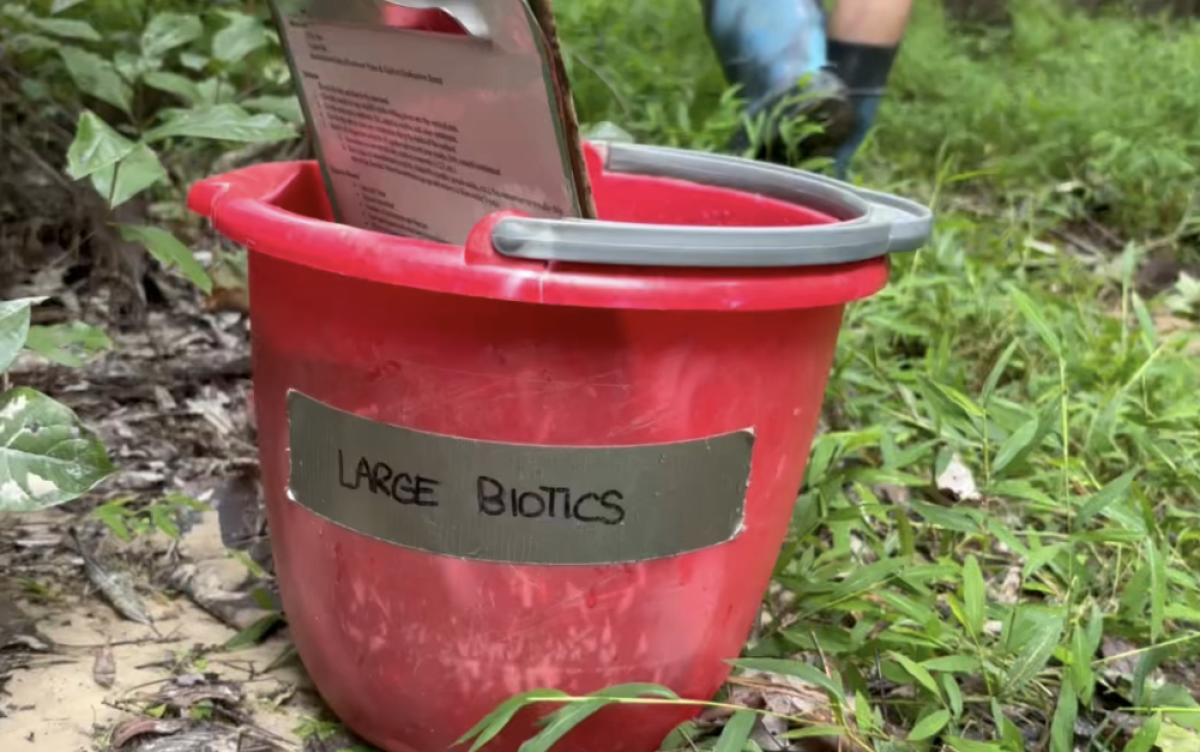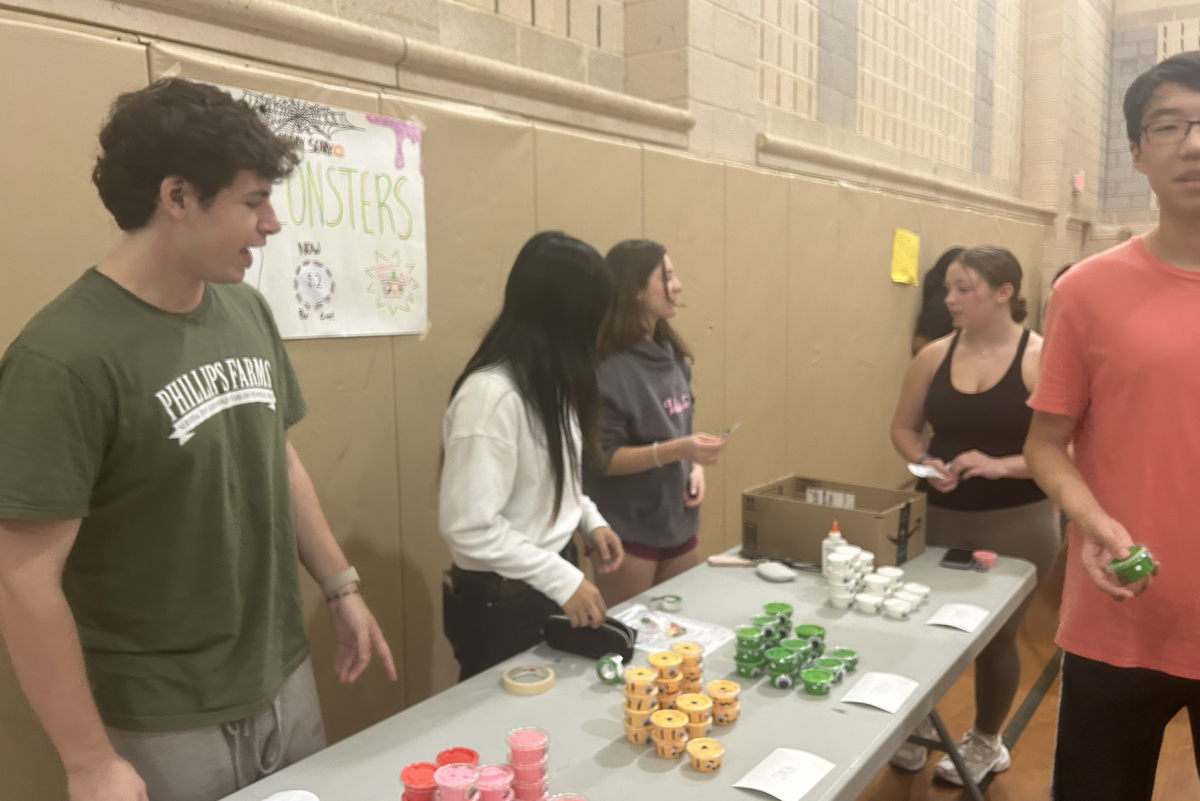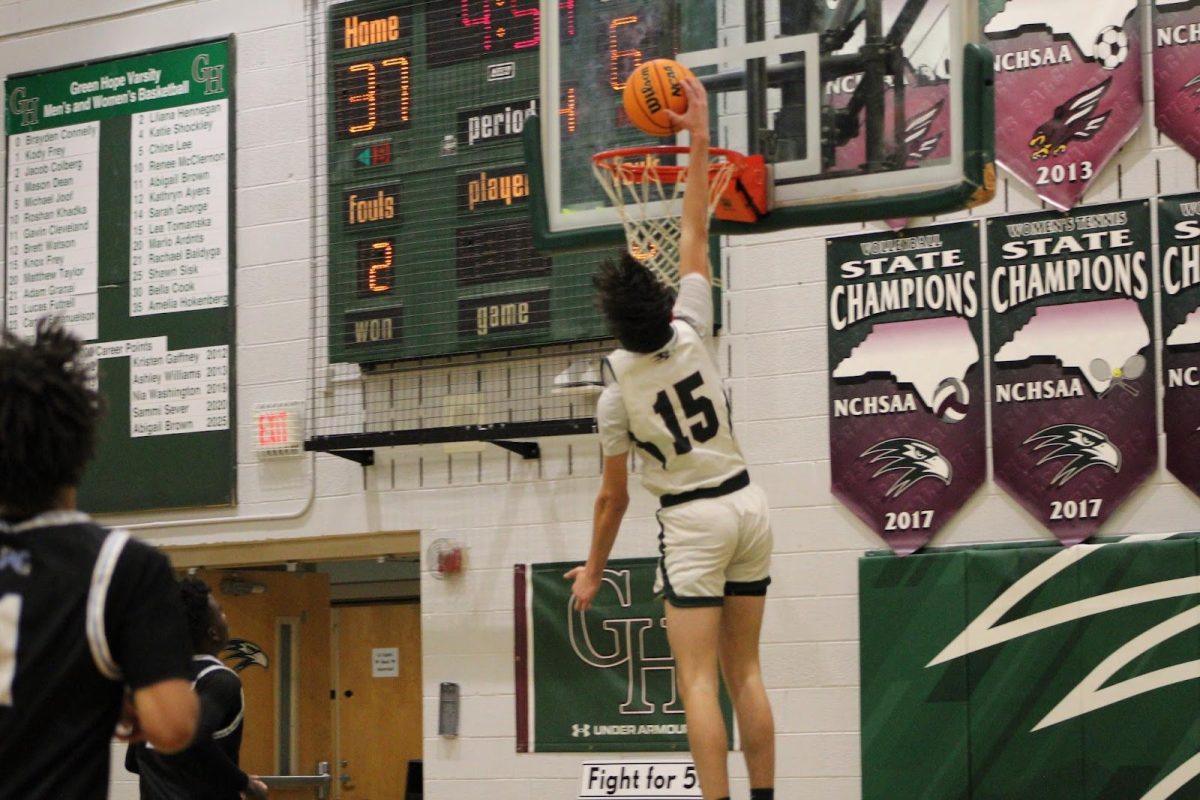More than an accessory: The dangers of trend-driven petkeeping
Pet owners, often not recognizing the gaps in their responsibilities, get pets on a whim from excitement.
March 15, 2023
From the dalmatians in “101 Dalmatians” to the clownfish in “Finding Nemo”, the media has dictated pet trends, influencing the perception of pet keeping. While the idea of having a popular pet is rosy and socially appealing, many don’t realize the consequences of commodifying an animal life. For satisfaction, both breeders and owners exploit animals in different ways; breeders overmarket animals and owners arbitrarily pick them up for trivial enjoyment.
While animal owners are happy with their new pet, the repercussions of a trend-influenced buy are not acknowledged. Shallowly influenced to get a pet, owners make purchases on a whim with no intention to properly care for it; instead only liking the idea of having the pet and too blinded to realize the actual responsibilities of being a pet owner.
As trends come and go, the passion for petkeeping also runs out, oftentimes leaving the pets neglected and mistreated. With the same idea of irrationality, many often don’t consider the animal’s surroundings. An owner’s selfish decisions may lead an animal to be in the wrong environment, leaving it miserable and misplaced. With the same ignorance, the needs of the animals aren’t recognized. The care and education, such as recognizing a pet’s health issues, are absent, leaving many to be incompetent owners. Owners view their pets as an object, an accessory rather than a life.
Subsequent to the introduction of “direwolves” in “Game of Thrones,” viewers were roused to get their own “direwolves”; Siberian huskies. On both sides of the purchase, these huskies were exploited, with breeders overbreeding these dogs and viewers inordinately purchasing them. However, it was found that many owners were too unprepared and uneducated to care for these dogs and ended up disposing of their animals. This meant that they ended up at the pound and a plethora of other unsafe and potentially abusive environments.
As an industry that works off of reciprocation, pet breeders work to push popular breeds, recognizing a surge in profit due to the demand. Channeling this monetary greed into their work, breeders often inbreed their animals, labeling them as purebred to attract buyers. Unfortunately, inbreeding has proven to result in a multitude of genetic issues.
Along with risking genetic health, certain breeds are being highlighted and pushed for sale, leaving other less popular breeds to be neglected resulting in euthanization. Popular breeds are pushed to reproduce in order to increase supply as much as possible, however, this greatly damages the health of the mother. Often not given enough time to recover from a past pregnancy, female animals are treated as machines for the breeder, milking out as many “products” as possible.
While pets are a nice companion, it’s important to think about the intentions of wanting one. The idea of having a so-called “attractive” pet is simply not enough of a reason. Pet owners must acknowledge their responsibilities before entering such a role.



